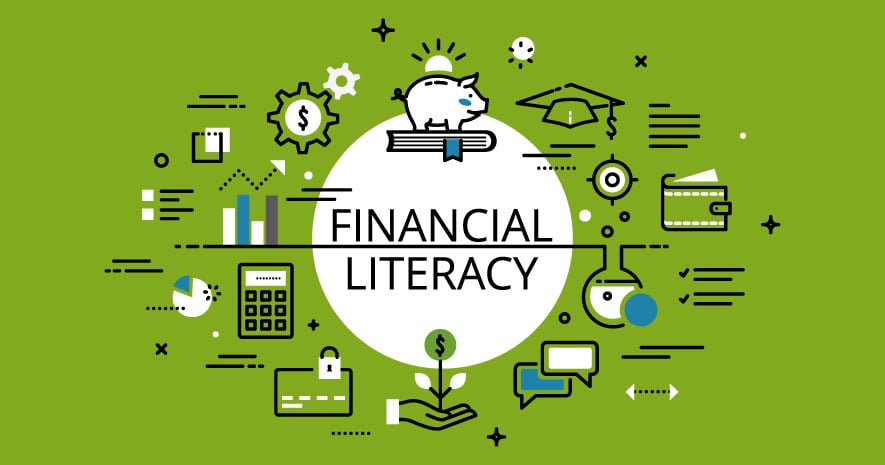Financial Literacy
Financial literacy is one of the few skills necessary for life success. Though money cannot buy happiness, it provides safety, freedom, and the means for necessities. Understanding how to manage money is the foundation of financial literacy, so people can achieve financial freedom within their means. Some tools of financial literacy necessary in life are saving, investing, smart spending, and budgeting. With these tools, it allows people to budget to stay within their means, stay prepared for life changes, have reserves for any possible emergencies, and save for retirement or future date. Other benefits of financial literacy tools are increasing earnings through investments, stocks, bonds, savings accounts, or interest-earning checking accounts.
Though a need, many people are unskilled in money management. In fact, two-thirds of Americans are unable to pass a basic financial literacy test and only one-third of the world is financially literate (Kruse, 2019). This is a huge issue as many are ill-equipped in making smart money decisions that can yield success in the present and future. Many initiatives are working to decrease these statistics by teaching young people about the skills and importance of money management. An example is the Aspen Entrepreneurial Institute, which teaches financial literacy in a curriculum ranging from grades Kindergarten to 8th grade. The program’s vision is to instill the skills necessary for success, not through memorization or tests, by through real-world application to relate them to the students and capture their interest. By the end of the program, 8th graders have an understanding of the stock market, planning, taxes, revenues, net profits, credit, interest. In addition, the students leave the program with their business plan or a business already started (Kruse, 2019). While this is a stellar example of trying to decrease the statistics, the problem remains that many states do not have financial literacy curriculums or requirements for it, such as mandating it as a class in order to graduate. As a result, though AEI is a great initiative in teaching future adults these life skills, its limited reach makes it a long road from helping equip a whole generation.References
Knueven, L. (2021, May 25). The average American debt by type, age, and State. Business Insider. Retrieved October 9, 2021, from https://www.businessinsider.com/personal-finance/average-american-debt.
Kruse, N. (2019). Trend Lines: Teaching financial literacy. NAIS. Retrieved October 9, 2021, from https://www.nais.org/magazine/independent-school/summer-2019/trend-lines-teaching-financial-literacy/.


Comments
Post a Comment